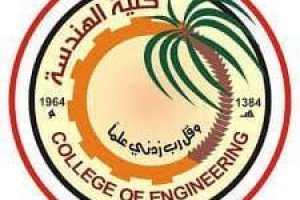The importance of smart offices increases day by day because of their various
attributes that help enhance productivity as well as save time. As technology
continues to improve, many workers find themselves overworking and trying to
complete all their responsibilities in a single day’s worth of time. This cycle
accompanied by lack of sleep and overwhelming workload leads to mental and
physical strain which reduces a person’s effectiveness. These issues can be solved by
implementing the concept of smart office systems which are meant to improve the
spatial layout of contemporary workplaces by automating work activities, alleviating
workload, and saving time. A smart office system controls and automates the use of
modern technology and equipment, smart office furniture, and gathers information
through sensors which are placed within the office. The sensors can be paired with
mobile phones allowing helpless users to command the operations outside the office
and perform the functions with little manual effort. Such systems greatly enhance the
safety and performance as they provide automated functionalities of lighting, air
conditioning, and entrance control systems.
With the introduction of these intelligent subsystems, smart offices motivate employer
productivity while also enhancing the way employees are treated. Transforming
places of work has now been made even more advanced with the use of artificial
intelligence, which makes the traditional offices spaces more functional and flexible.
An AI equipped smart office seeks to resolve issues as an office management system
by improving operational workflows, security, and comfortability in the workplace. It
also serves to provide a thesis statement regarding AI's impact on office evolution and
future smart office possibilities. This Multi Grounded Theory analysis describes the
current research gap and coverage on AI as an innovation in the workplace and
competition on it. The author developed a smart office that serves a functional
purpose wherein it measures real time environmental and operational data through
sensors.






